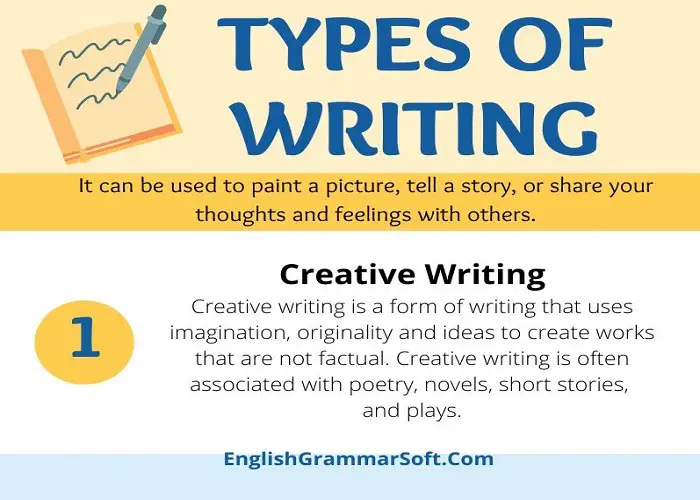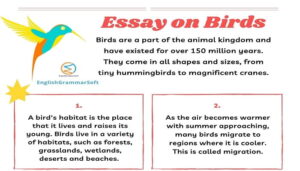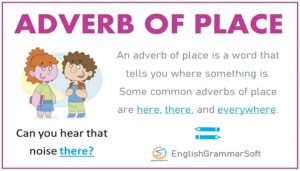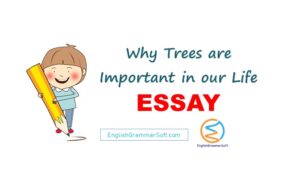What are the 5 Types of Writing?
Writing is an amazing skill. It can be used to paint a picture, tell a story, or share your thoughts and feelings with others. There are many different types of writing. This article will go through the five main types of writing: creative writing, informative writing, persuasive writing, descriptive writing, and expository writing.
Each type of writing is designed for a specific purpose and has strengths and weaknesses. Some examples include academic papers, advertisements, articles, books, fanfic/fanfiction, fiction, grant proposals, movie scripts, non-fiction, poems, technical writing, and textbooks/reference manuals.
What is writing?
Writing is a process of communication and expression through the use of words, phrases, sentences and paragraphs.
Writing is a means of communication. In most languages, writing is a complement to speech or spoken language. Writing systems are distinguished from other symbolic communication systems in that one must usually understand something of the associated spoken language to comprehend the text.
Writing systems may be considered to be natural or artificial. An example of an artificial system would be using Morse code, which is a set of symbols that humans can understand. An example of a natural system would be Braille, a tactile representation of written text that can be read by touch with the fingers.
Writing is both a skill and a process. It involves the written or spoken conveyance of thoughts and ideas. Writing often takes the form of language, but it may be in any format, such as symbols, music notation or geometric patterns, or pictures, such as an ink drawing or a computer diagram.
Writing can be classified according to several criteria:
- Material Composition (e.g., chalk on a blackboard),
- Intended Audience (e.g., a letter to family),
- Formality (e.g., business letter vs. personal letter),
- Purpose (e.g., advertising vs. journal article),
- Genre (e.g., mystery story vs. newspaper article).
Different Types of Writing
Writing is the art of putting words together in a way that will be understood by others. A writer is someone who puts words on paper or on a computer screen.
There are many types of writing, each with a specific purpose. We’ll focus on the following five categories.
1 – Creative Writing
Creative writing is a form of writing that uses imagination, originality and ideas to create works that are not factual. It is usually set out in prose or verse. It may be fiction or non-fiction, but it must include an element of novelty. Creative writing is often associated with poetry, novels, short stories and plays.
It can also be defined as “the art of using language to express thought.” Most people with an interest in creative writing are interested in developing their own voice and style, which means expressing their thoughts and feelings in a way that is unique to them.
Today we use our imaginations to create stories that may never have actually happened but could have happened if we were there at the time of their occurrence.
A writer creates characters who experience different events and situations within their story and allows us to feel like we are present within it too. A good storyteller will be able to make even the most mundane event interesting enough for us to want to read it!
Creative writing uses literary devices such as metaphor to convey meaning in a way that isn’t directly related to the information being shared from one person to another.
2 – Informative Writing
Informative writing is a form of writing that informs. It is used to transmit knowledge and information about a topic to the reader. A common type of informative writing is an essay.
The key elements of an informative essay are:
- An introduction that presents the main idea of the essay.
- Body paragraphs that develop and explain each point made in the introduction.
- A conclusion that summarizes what has been said in the body paragraphs.
Informative writing uses facts and information to communicate ideas. It is often used when one has a message that they want to convey through writing but it does not include any creative elements such as metaphors or similes. Informative pieces can be found in books, magazines, newspapers and online articles.
3 – Persuasive Writing
Persuasive writing is a type of writing that intends to influence the reader’s attitudes or actions. In other words, it attempts to convince the reader of an idea. There are many different kinds of persuasive pieces—an advertisement, a political speech, a campaign flyer, and even a letter to your congressperson can all be considered kinds of persuasive writing.
It depends on what kind you’re attempting to persuade: Do you want them to vote for you in student council? Do you want them to accept your theory about why there should be homework bans? Write down exactly what it is you hope to convince people of before beginning your paper so as not to lose track as you write.
People who write persuasively are often referred to as journalists or copywriters because they focus more on the message rather than the form which is important when it comes to informative writing. For instance if someone were trying to sell you something they might use persuasive techniques such as repetition (saying words like reliable, twice, best, trusted, etc.).
4 – Descriptive Writing
Writing that allows readers to see, hear, and feel what a writer is describing. It uses sensory details to convey images in the readers’ minds. The purpose of descriptive writing is to help readers imagine what a person or place looks like and feels like.
Descriptive writing is often used when one wants to paint a picture with words. This type of writing might be found in literature (such as novels), or it can also be found in magazines, blogs and other forms of media where someone wishes to convey emotions through the use of figurative language such as similes, metaphors, hyperbole, personification, etc.
Describing an experience using this type of writing gives readers the ability to imagine themselves within the story which makes for more engaging reading material!
5 – Expository Writing
Expository writing uses facts and information to communicate ideas.
For example: “In the United States, about two-thirds of children living with married parents live within an intact family.”
Expository writing is a method of communicating fact based information and ideas in a written format. Expository writing involves the organized and coherent presentation of relevant details and evidence to support main ideas.
It is used in many different fields and contexts, including science, philosophy, history, religion and politics.
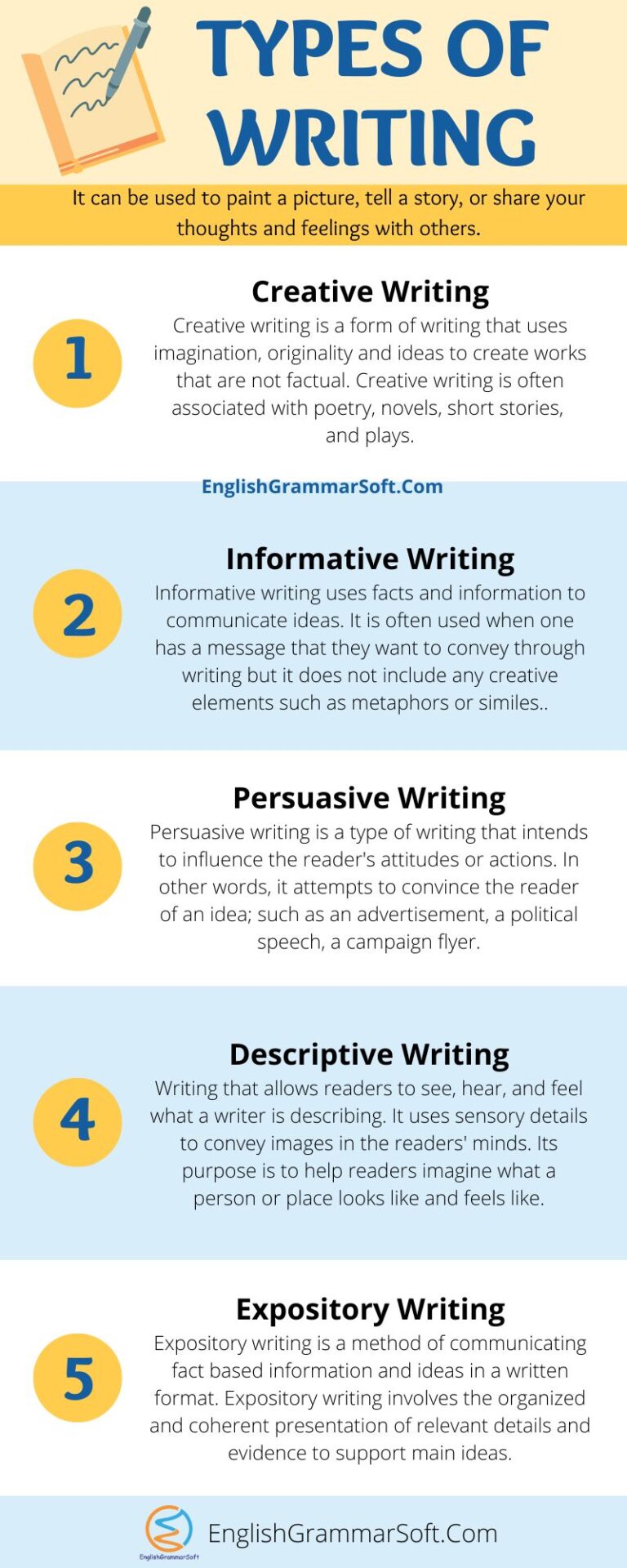
Further Reading
